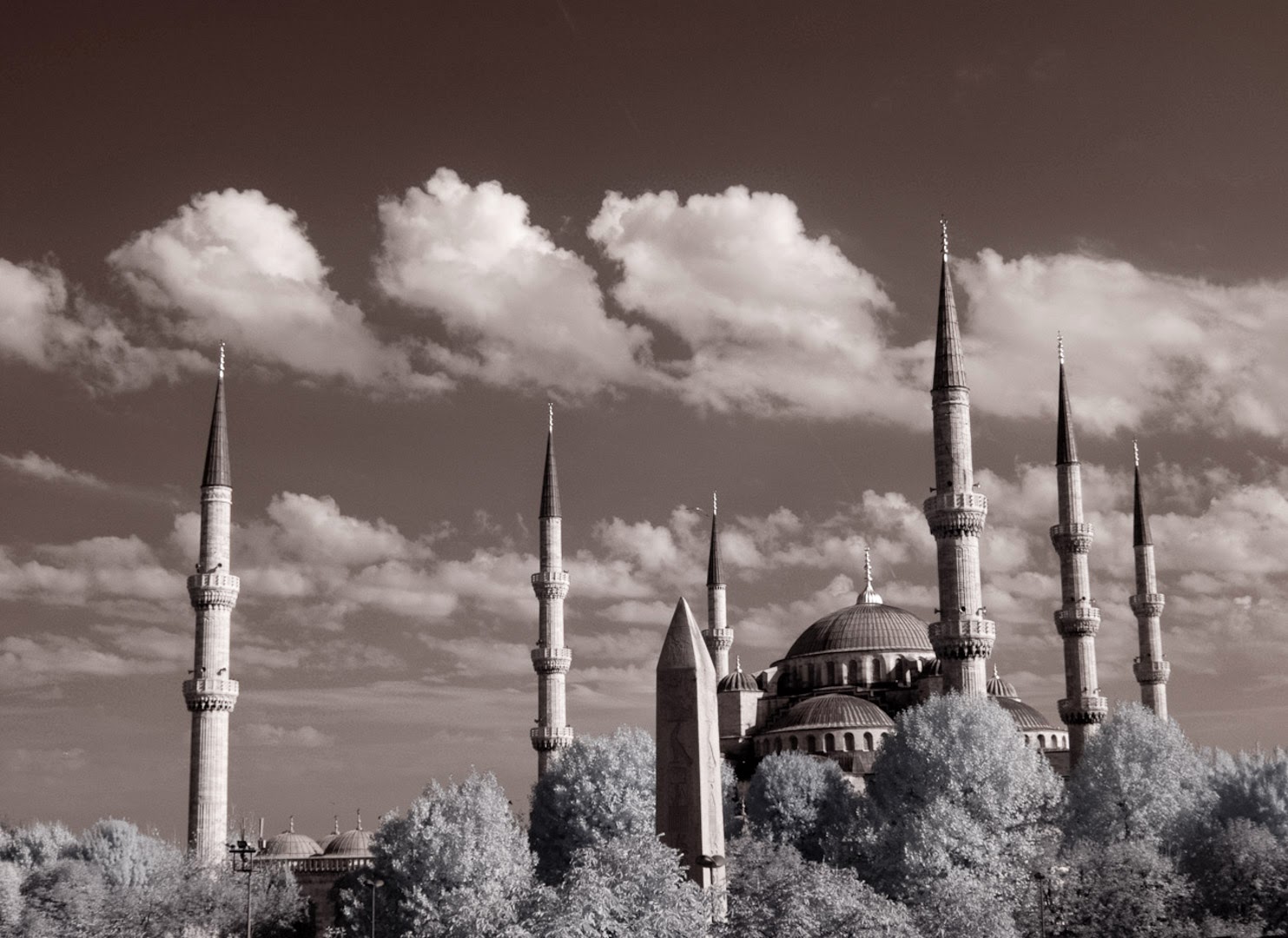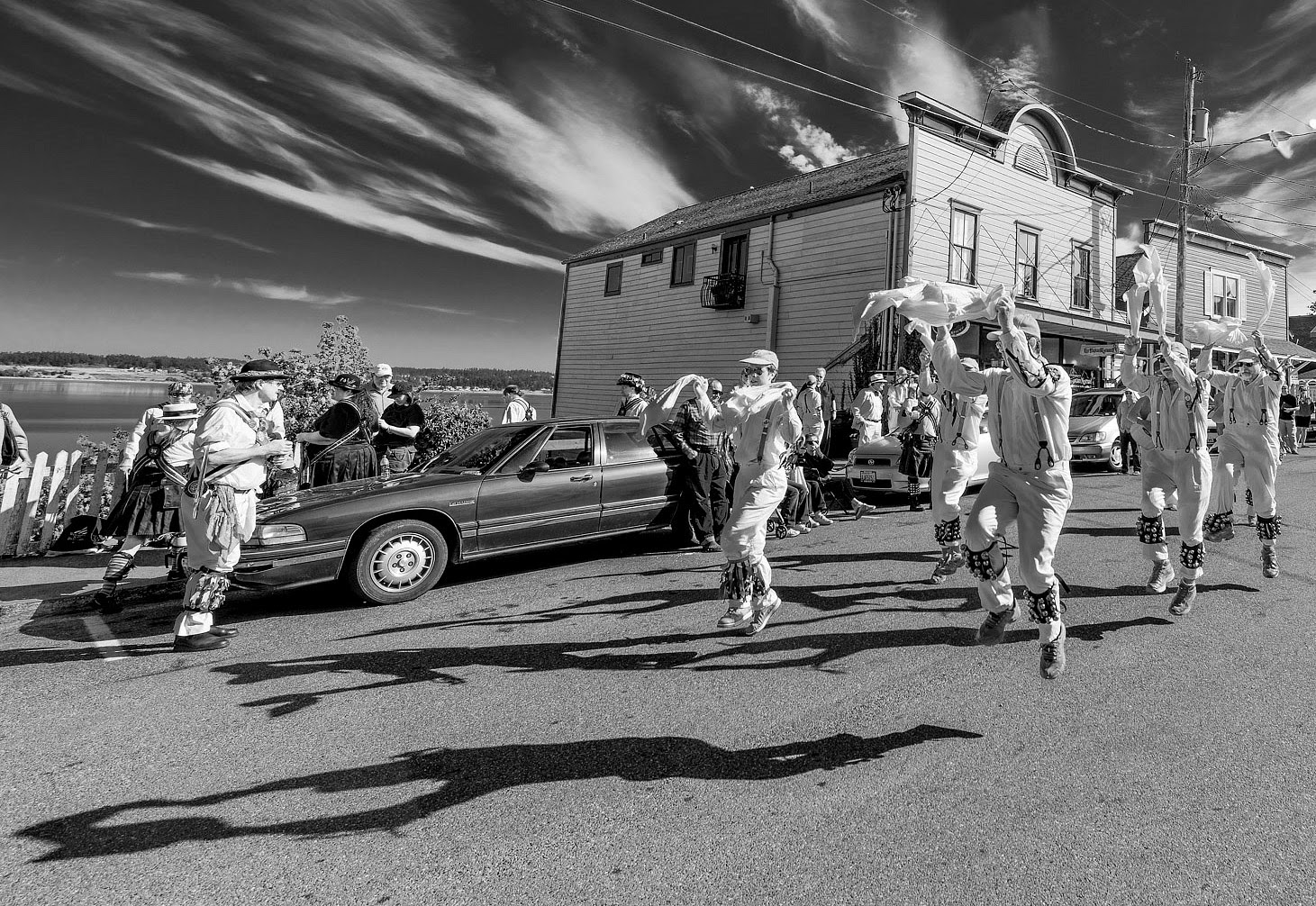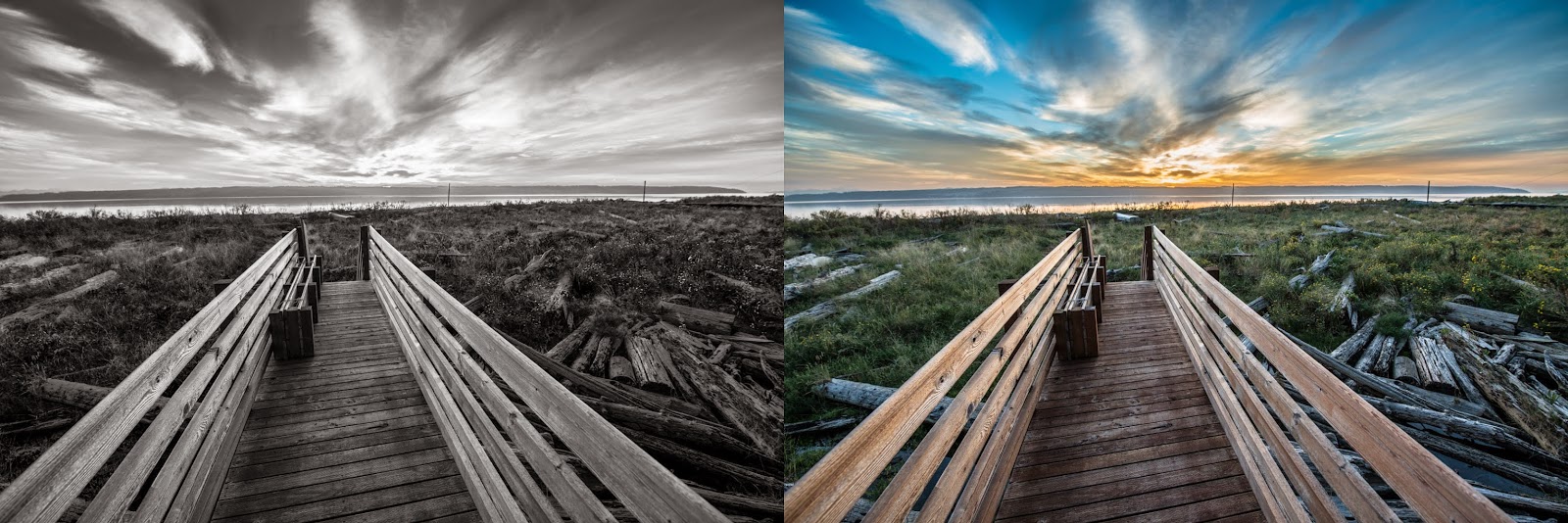©Jack
Graham
“A
good photograph is knowing where to stand.” ..Ansel Adams
You pack your vehicle the night before. You have studied the maps, GPS
information etc to get you there. You have looked at some other images made in
the location you are venturing to the next morning and are inspired to capture
a scene in your own way. You go to bed and think of what might be. You awake,
get ready and drove sometimes a long way to where you set out. You arrive and
guess what? You’re planning and forethought is not what you see. Perhaps the
weather is uncooperative and the forecast was wrong. Perhaps the wildflower
bloom is late, or has already occurred. Now what? Having a sense of place can
allow for some great imagery, just when you think things are not right.
As you arrive at the location that you planned to photograph, exactly, what
are you thinking about? Are you
determining how the light might affect the image that perhaps you’d been
planning for some time? Or do you have more of an opened mind to depict the
scene as you see it on this occasion, in other words, making more than the best
of a situation.
Often photographers have their mind set on how a certain location should
look when they arrive to make the photograph. The have created in their mind,
perhaps an iconic image of Half Dome or a famous lighthouse on the Maine coastline. So
often Mother Nature drastically affects the results and ones best laid plans
are negated.
A huge part of successful photography is a result of planning. However
being flexible and constantly aware what you can do with a scene, taking the
conditions you might not have planned for, into consideration can produce
stunning images.
Different light, wind, weather, seasonal factors all can be used to your
advantage when you are aware of them. Are there dramatic clouds that can be
used as a formidable background? Are there wildflowers blooming that can be
used as a foreground? Yes, the fog rolled in, but how can one use this fog as
part of the image. These and more are things that should be going through your
mind as you evaluate the entire situation before even setting up your tripod. I
am constantly suggesting to fellow photographers to slow down and carefully
evaluate the scene. Walking through the area can be extremely helpful in order
to ascertain how you want to use the unexpected conditions in a positive manner
to create your image.
After you have evaluated these factors, have put your mind in its right
place, it’s time to get creative. Let your emotions form the feeling you want
to convey in your photograph. Think about what you like about the location and
how you want to depict the scene to the viewer. Remember, how you see the
scene, and want to tell its story, it primary. The viewer of your image was not
there, and does not have the same emotional attachment as you do. This is not
to say you don’t take the viewer into consideration, but depicting the scene in
the fashion you determine is your ultimate goal.
Always be aware of the unexpected. Perhaps a rainbow, or even lightning
might appear out of nowhere. Think of these unexpected happenings as a bonus to
your experience. Use as much or as little of these factors to add to your
image.
More often than not nature photography is a compromise. Rarely, are the
conditions the way we expected when we planned our day. Having the sense of
place can make or deny the possibility of a stunning photograph.
On a recent trip to the southern Oregon Coast,
the weather forecast for this morning was for partly cloudy conditions.
Obviously this did not happen. The sea stacks against the threading sky made a
formidable subject, so I first determined this might offer some possibilities.
However, with just the sandy beach, even these monoliths were not enough. I
needed a foreground. After walking around, I found an area where the tide, just
beginning to come back in caused a nice pattern, and leading line into the image.
There are so many ways to add impact to a scene; one must
investigate the location by walking around to find the right angle, the right
foreground that makes the image work. I also know that because of the light, I
decided that this scene would be processed as a Black & White image. Using
a very slow shutter speed, I was able to slow down the water and enhance the
leading line effect. And yes, the unexpected, but welcomed addition… there is a
gull on the very top of the right sea stack.
Early
Morning, Ridgefield National Wildlife reservation, Washington
It was a cold, damp morning here at the reservation and the
heavy fog, though predicted was more than expected. The possibility of making
some images here this morning looked bleak.
As I sat in my vehicle, I noticed a slight break in the fog
and put my self into position, in the event something allowed the light from
the sun to protrude through the heavy fog. For about 30 seconds it did just
that. The whole valley lit up. I had to make a quick decision on o how I wanted
to depict the scene. I changed my lens to a long telephoto and decided to only
include about 1/3 of what I was seeing with my eyes. In the past I would have
shot the wide landscape and felt that I captured the “trophy” shot. Here I
decided to go for the close look and create more of an intimate scene.
Note that this image was taken in HDR. I combined three
frames together using NIK Software’s HDR Pro. I am not a HDR photographer and
really don’t care for the grunge look. However this image would have been
impossible to capture the way it looks here without HDR.
Fall Leaves on
the Forest Floor, Northern Ohio
Beauty in the wilderness can be easily discovered just by
taking a walk and looking around. You may see vistas, grand landscapes but
being aware of what’s right next to you is the key to a rewarding and complete
photographic experience. The more you slow down and become aware of what’s
around you, you’ll become in touch with the smaller aspects of the ecosystem
around us. Your experience in the field will be rewarded with a varied array of
images, not just the grand landscape,
These maple leaves had fallen the night before in a
rainstorm in the hardwood forest in Ohio.
I made this photograph just as they are, lying on the forest floor. Soon they
would be covered in snow and ice.
Rainbow over Hunt’s Mesa, Arizona
Seeing and predicting light and potential is important for
photographers to develop. In time, many photographers develop an innate sense
that “Something might happen here today” and remain in an area until that potential
leaves.
I was high up on Hunt’s Mesa,
overlooking Monument
Valley one afternoon. It
was quite cool and very windy. Rain showers were coming through every few
minutes. I know this light. I know if one such rain shower would pass by to my
right, there would be a potential of a rainbow. Obviously this is what
occurred. This rainbow was not accident. I know that conditions were there for
a rainbow, and I was not disappointed. The weather was less than perfect, but
having a sense of place made this image possible.
Sunrise, Whidbey Island, Washington
Whidbey Island,
Washington is one of the most
bucolic locations anywhere. Located only
a short ferry ride from busy downtown Seattle,
you feel like you are in another world upon leaving the ferry. Places like this
are where one can relax, and not worry about having to make copious quality
images. I have found that when I see photographers pressuring themselves to
produce photographs, they usually fail. I always stress that we as
photographers must slow down, enjoy where we are and not create that need to
shoot hundreds of images, looking for that one gem. On this morning, I actually
only shot three to 4 frames of this subject. I enjoyed the serenity of the
location, the sounds and smells of the harbor. Low and behold, this image
worked just fine. Had the light not been so cooperative, or the wind picked up
negating the reflective water, that would have been ok too. I was in a place like
nowhere else that morning.
Palouse
Region, Eastern Washington,
Sometimes, the simplicity of a location can transfer into a
powerful photograph. The image above is one such location. This single
building, out in the middle of a wheat field tells the story of where it is.
Had there been other buildings, tractors etc. competing with the subject this
image would not have worked. Look for locations and be aware of the power that
you can transmit in your photographs.
Having a sense of place, and awareness is primary in
developing your style, and overall ability to make some wonderful images. Isn’t
that what it’s all about?












.jpg)
.jpg)


























